Tips on Cooking Pulled Pork
Your Ultimate Guide to Pork Butt Mastery
It’s National Pork Month—and there’s no better time to master pulled pork. This guide delivers a clean, repeatable approach to how to cook a pork butt, explains pork butt vs pork shoulder, and shows you how to build championship flavor with Pork Prod Injection, Sweet Money, Money, and Granny’s BBQ Sauce. We’ll also link you to leftover recipes so nothing (and we mean nothing) goes to waste.
Pork Butt vs Pork Shoulder: What’s the Difference?
Names can be confusing, but the choice is simple: for tender, juicy pulled pork, choose pork butt (Boston butt). It comes from the upper shoulder, has more marbling, and shreds like a dream. Pork shoulder (picnic) sits lower on the foreleg, is leaner, and is better for slicing/roasting.
| Cut | Location | Marbling | Best For |
|---|---|---|---|
| Pork Butt (Boston Butt) | Upper shoulder | High | Pulled pork, shredding |
| Pork Shoulder (Picnic) | Lower shoulder/foreleg | Moderate | Roasting, slicing, stews |
Select & Prep: Start with the Right Butt
- Target weight: 7–10 lbs for backyard smoking (steady results, feeds a crowd).
- Bone-in: Adds flavor and is a great doneness cue (when the bone loosens, you’re close).
- Trim: Remove thick exterior hard fat; keep a thin cap to baste the meat.
Boost moisture and flavor with Pork Prod Injection. Mix per label, inject evenly throughout the muscle, then pat dry.
Season Like a Pro: Sweet Money + Money
For the best BBQ seasoning for pork butt, layer flavor. Use a light binder (mustard or oil), then apply:
- Money (base layer): savory backbone with buttery, garlicky notes.
- Sweet Money (top layer): caramelizing sweetness that builds bark and color.
Rest the seasoned butt (uncovered) in the fridge for at least 1 hour—overnight for deeper penetration.

How to Cook a Pork Butt: Low, Slow, and Consistent
Whether you’re running a pellet grill, drum, or offset, consistency wins. Hold the cooker at 225–250°F, ride through the stall with patience (or a wrap), and finish when the meat tells you it’s ready.
| Weight | Cook Temp | Time Range | Wrap (Optional) | Target Internal | Rest |
|---|---|---|---|---|---|
| 6 lbs | 225–250°F | 9–12 hrs | At ~165°F (foil or paper) | ~203°F (probe tender) | 60–90 min (tented) |
| 8 lbs | 225–250°F | 12–16 hrs | At ~165°F (foil or paper) | ~203°F (probe tender) | 60–90 min (tented) |
| 10 lbs | 225–250°F | 15–20 hrs | At ~165°F (foil or paper) | ~203°F (probe tender) | 90 min (tented) |
Time is a guideline—cook to feel. When a thermometer slides in like warm butter, you’re there.
Bark vs. Speed: To Wrap or Not to Wrap
- No wrap: Darker, thicker bark; longer cook time.
- Wrap at ~165°F: Foil (fastest) or butcher paper (breathes a bit) to power through the stall and hold moisture.
Rest, Pull, Finish: The Payoff
Rest the butt (still wrapped) for at least an hour. Pull by hand or with claws, discarding large fat pieces. Taste, then finish with Granny’s BBQ Sauce to balance sweet, tangy, and savory. Serve on toasted buns or over mac & cheese—no wrong answers here.
Wood Pairing, Simplified
Fruit woods (apple, cherry) are mild and sweet; hickory and pecan brings classic BBQ punch; oak is a steady, balanced workhorse. Mesquite is bold—use sparingly.
Big Poppa's Go-To Products
- Pork Prod Injection: Even moisture and seasoning throughout the muscle. Mix per label and inject evenly.
- BBQ Rubs: Money + Sweet Money. Layer savory and sweet for bark, depth, and balance—the proven combo for pulled pork.
- BBQ Sauce: Granny’s BBQ Sauce - Tangy-smooth finish that complements—not covers—smoke and pork richness.


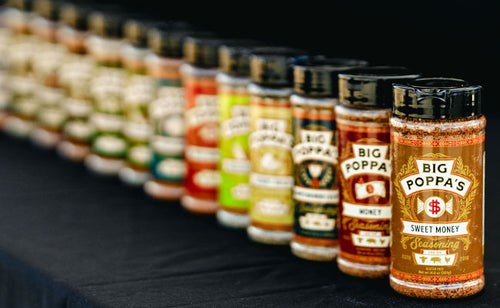
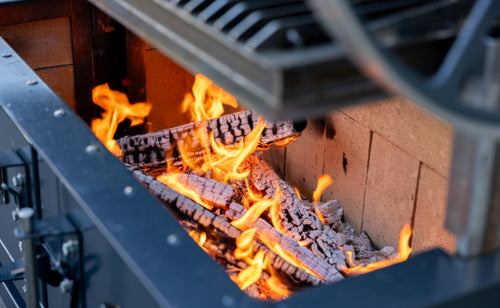
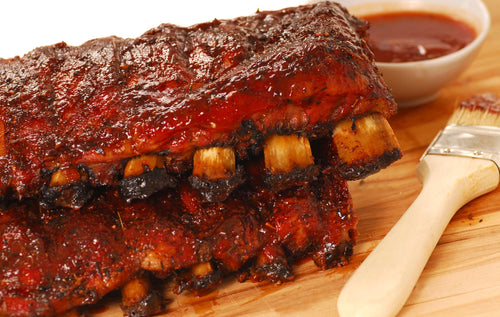
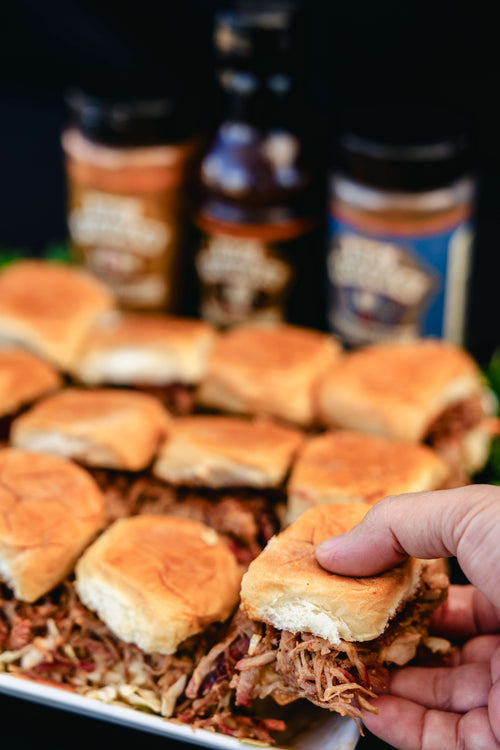






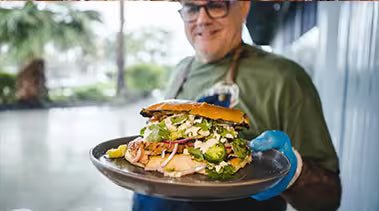
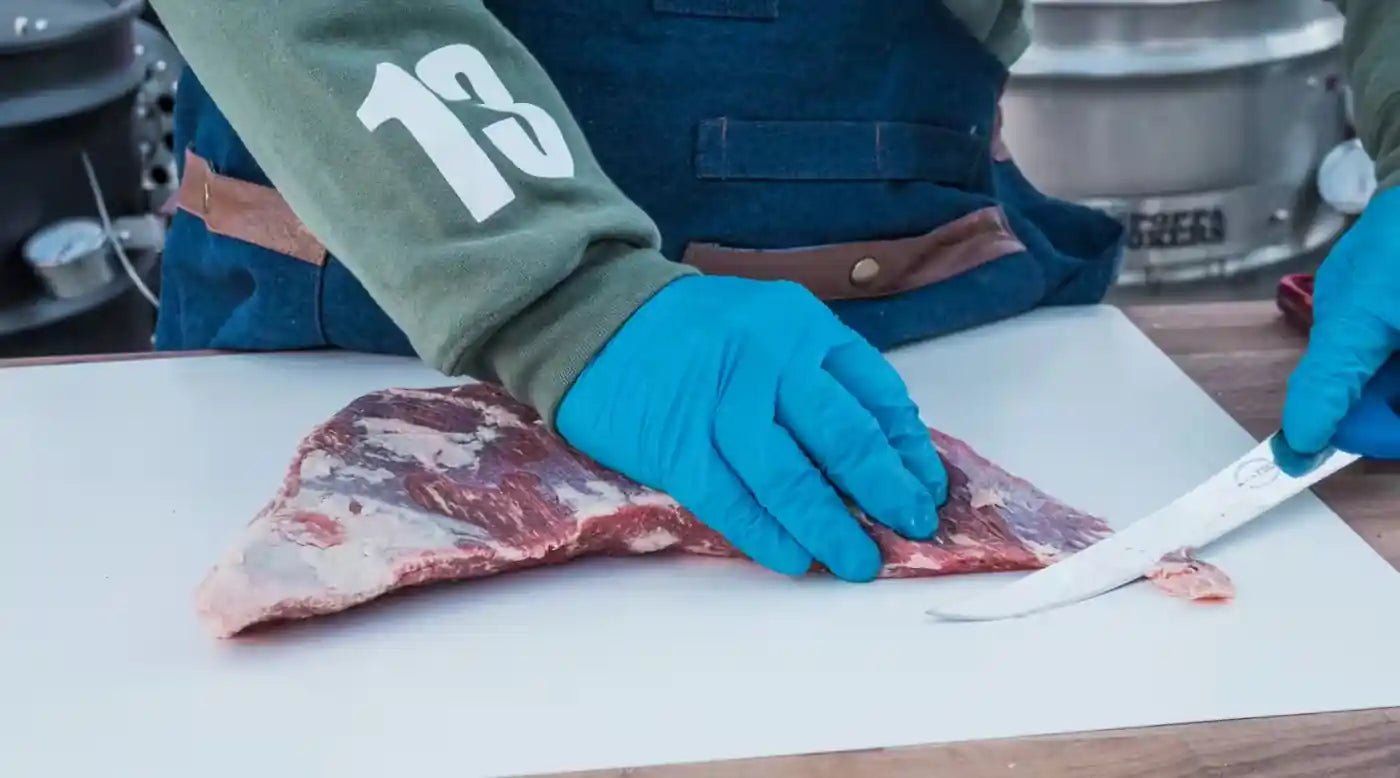
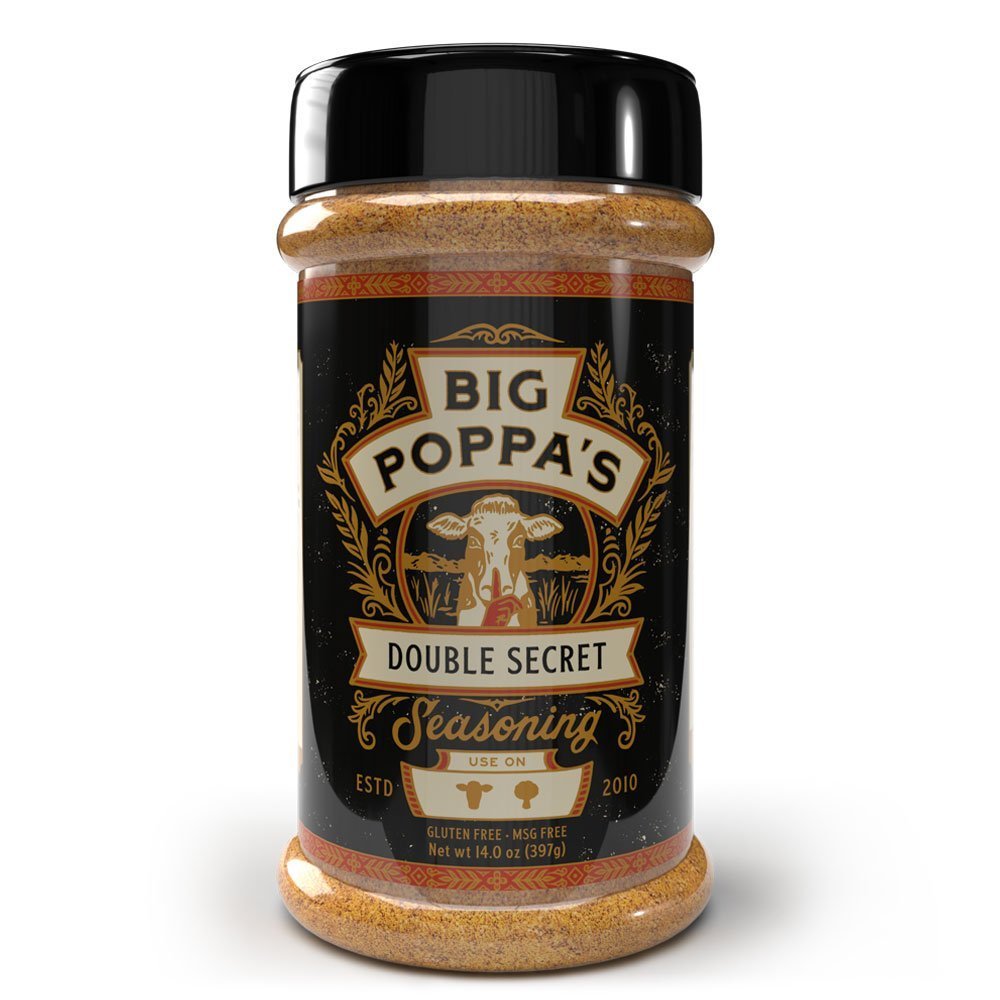
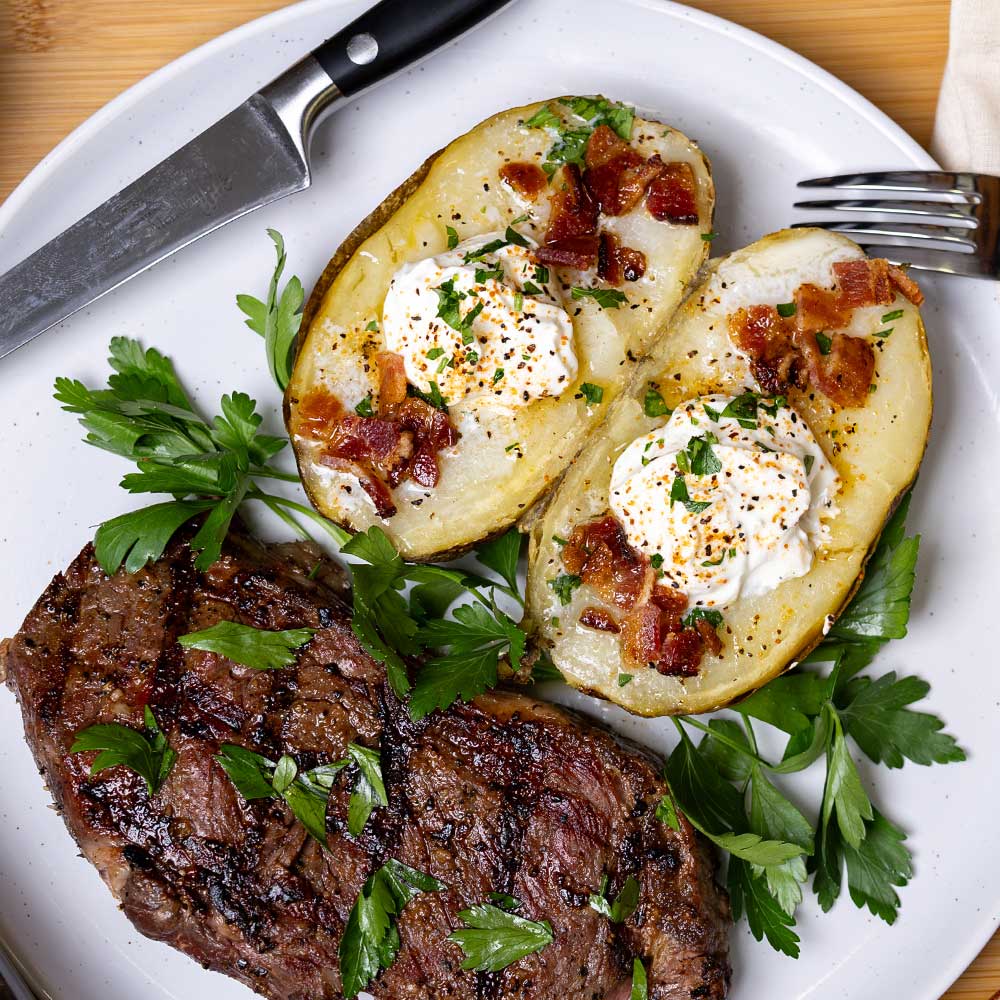
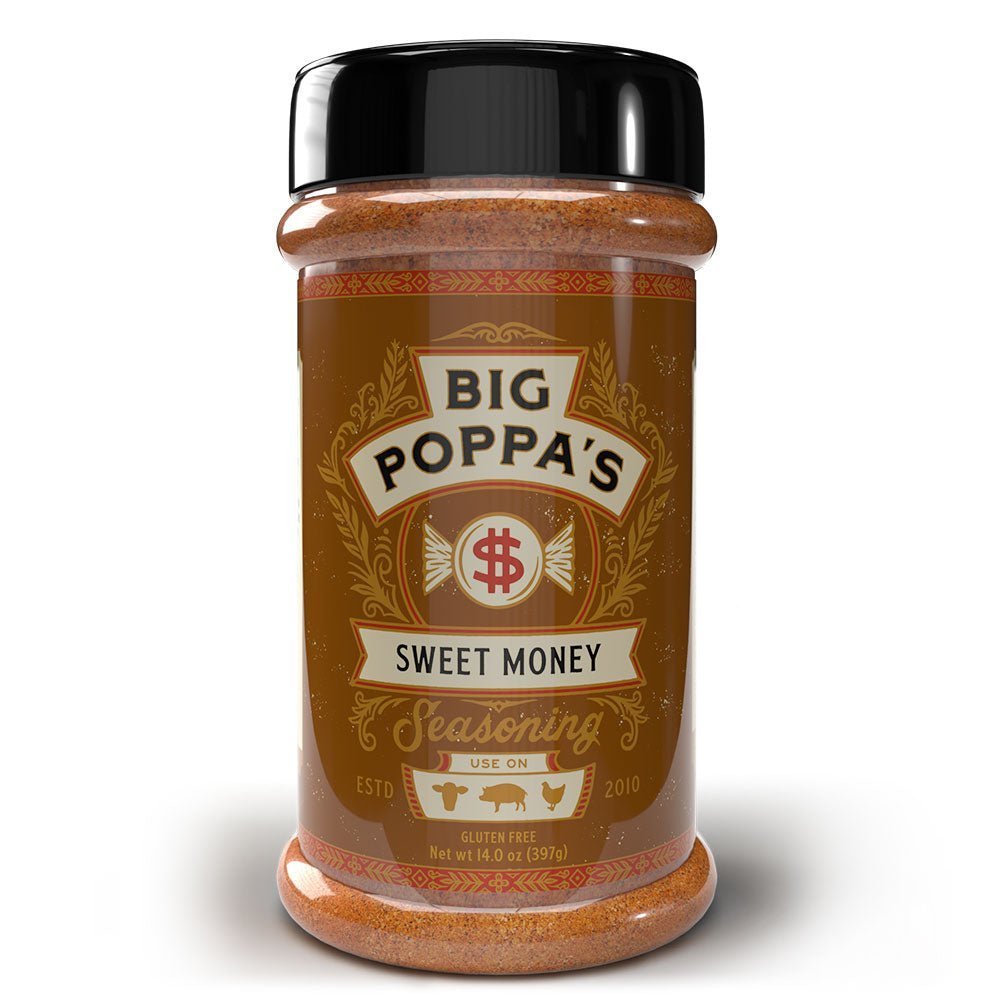
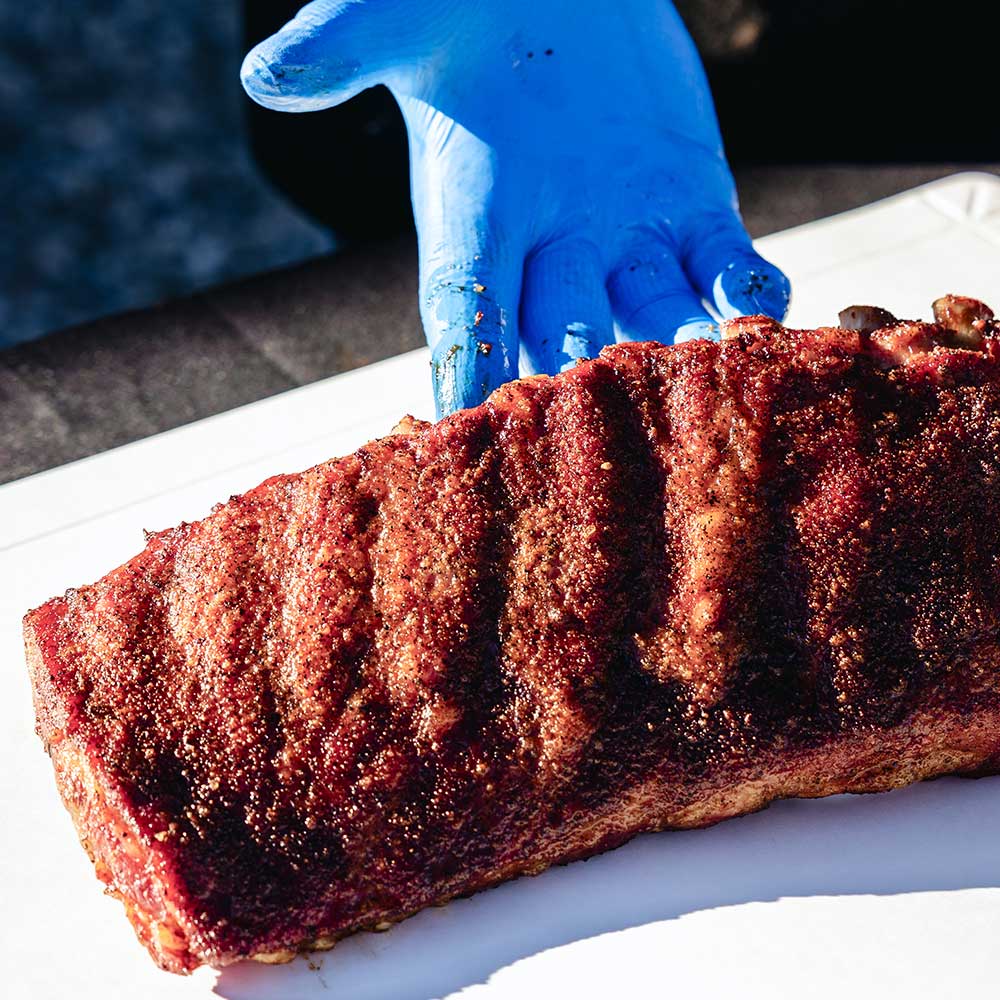
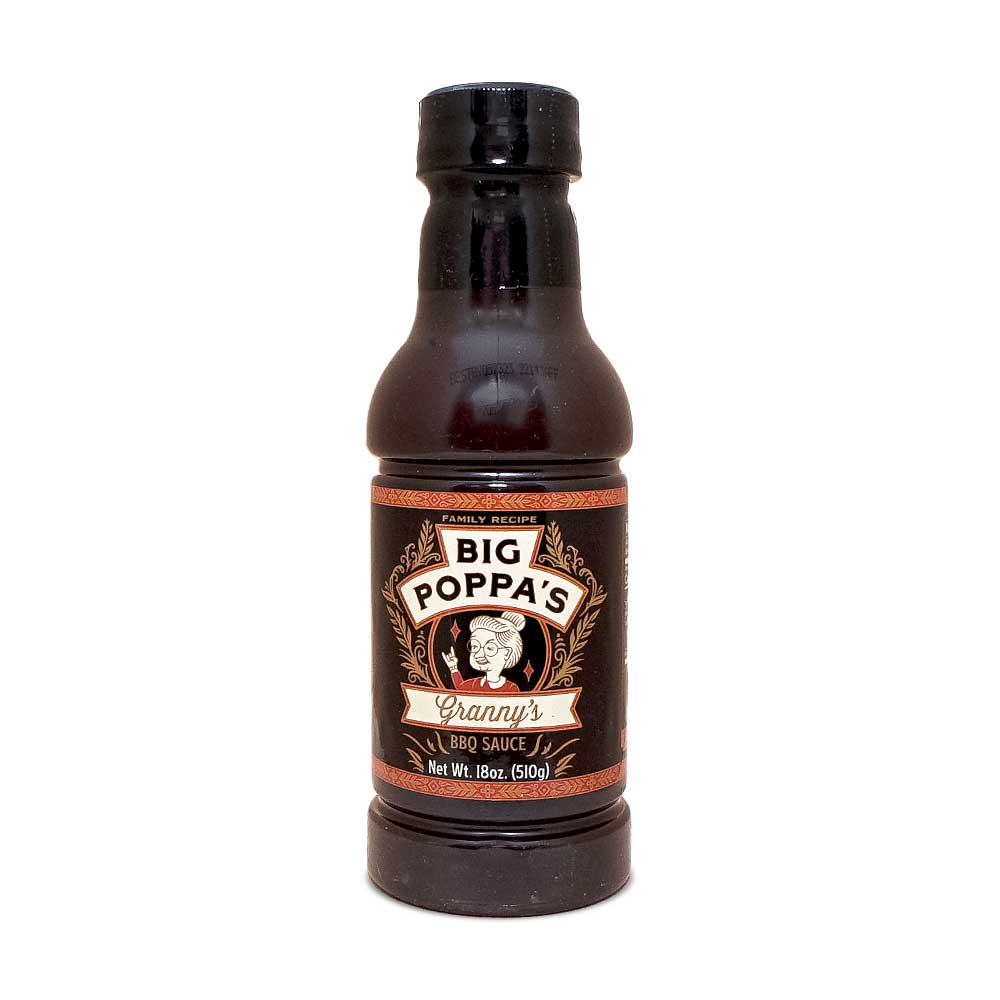
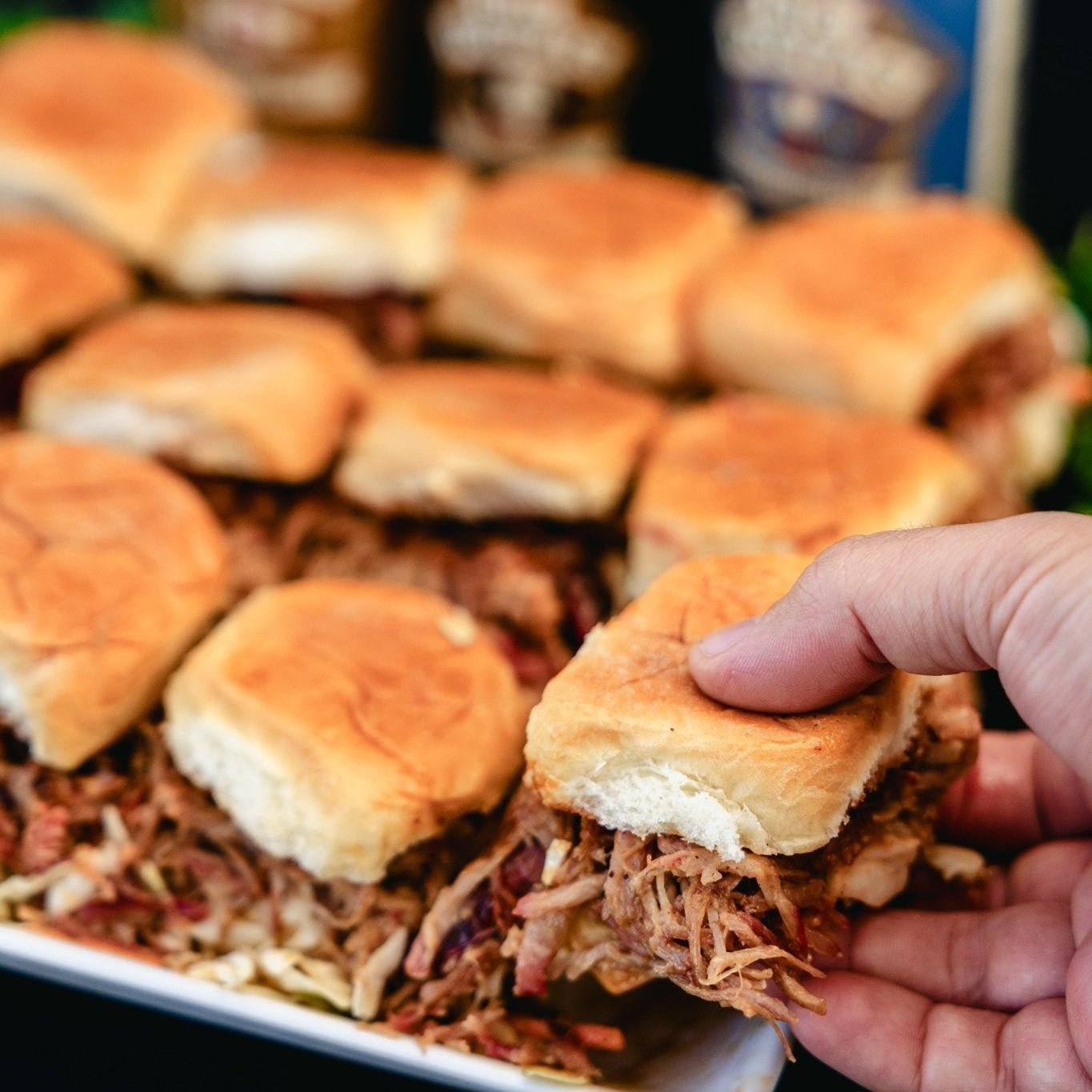
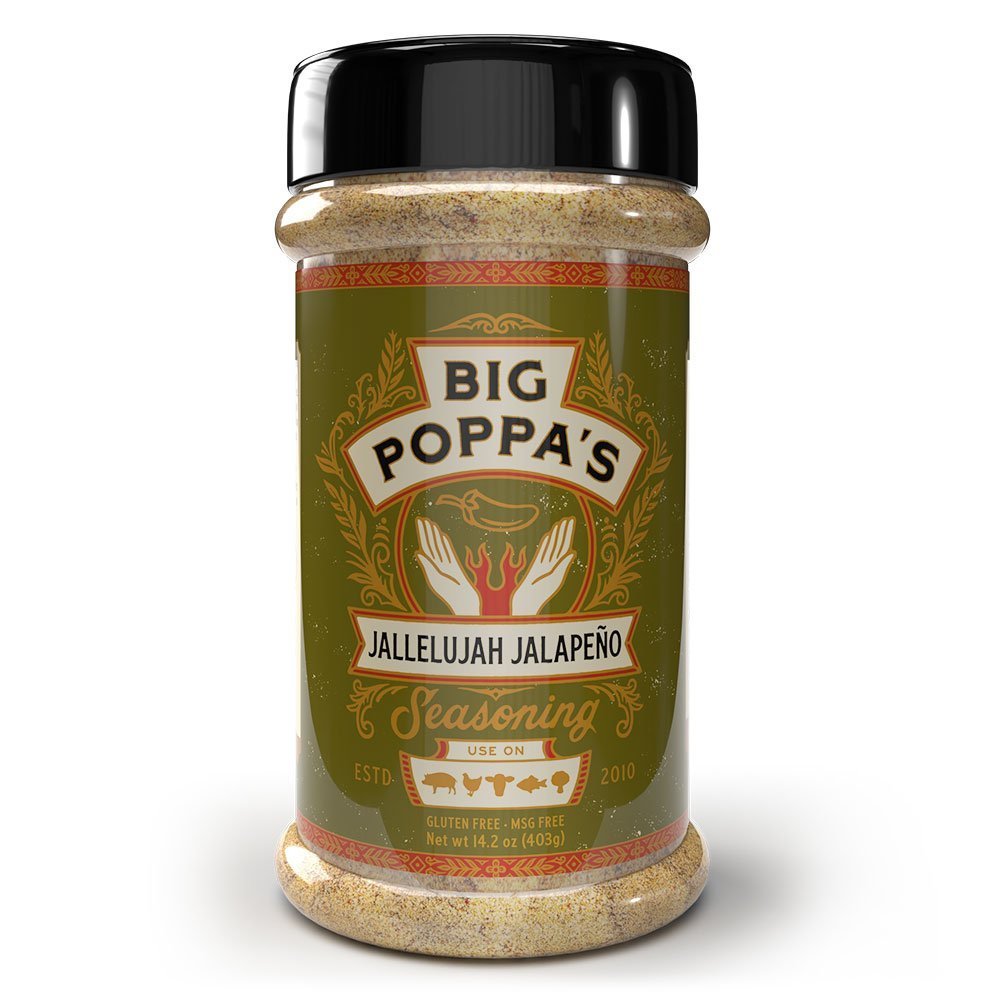
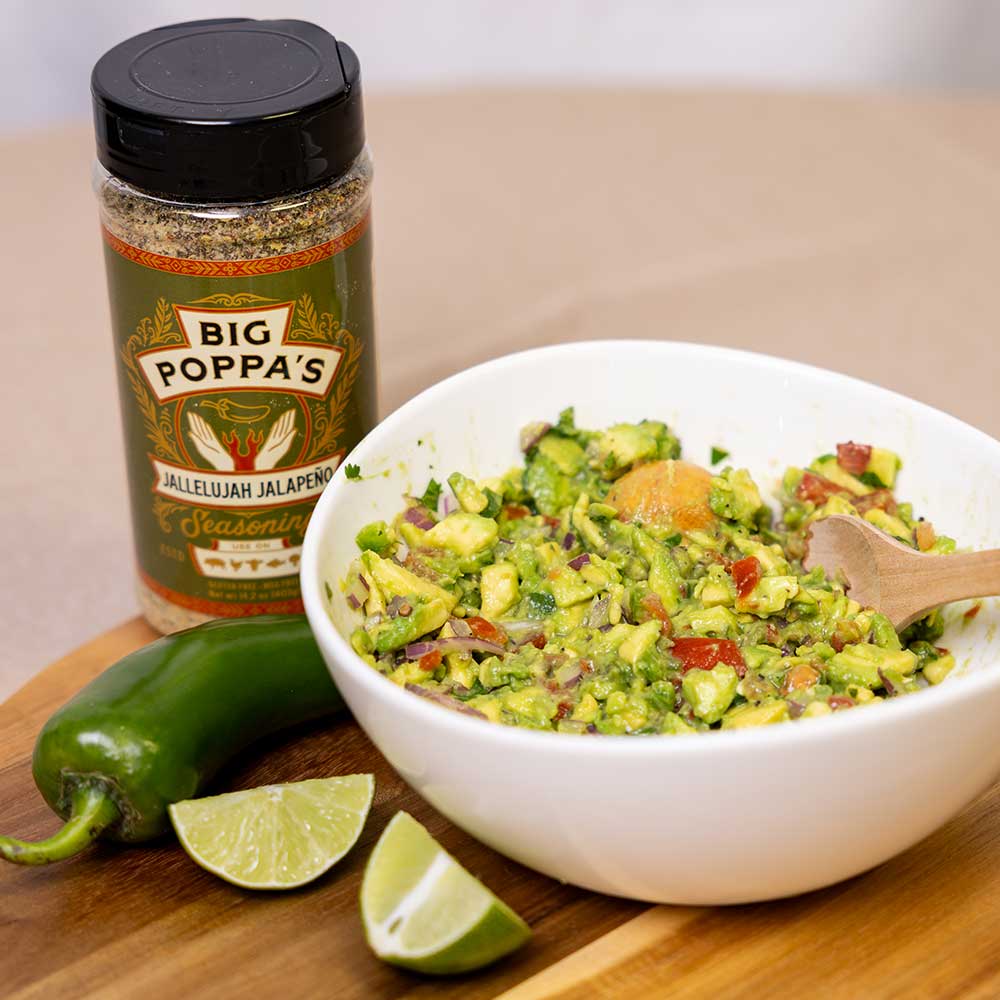
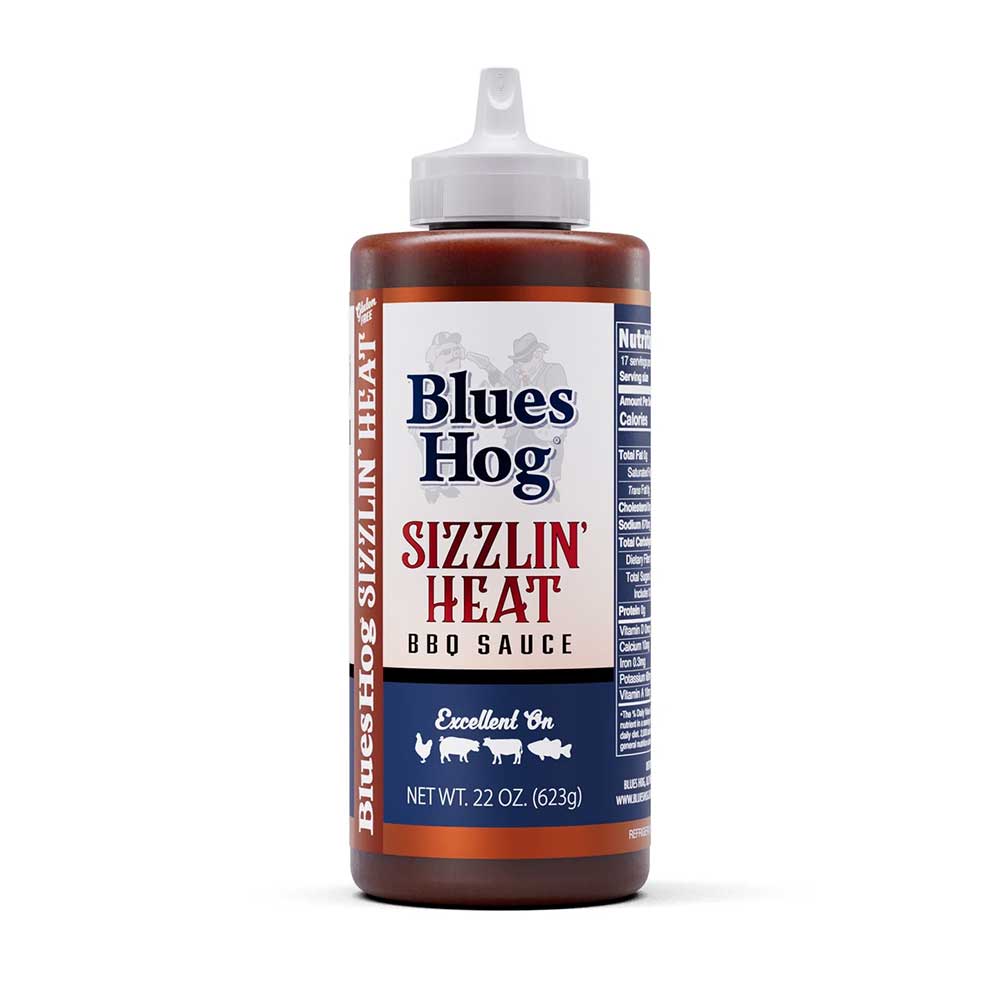
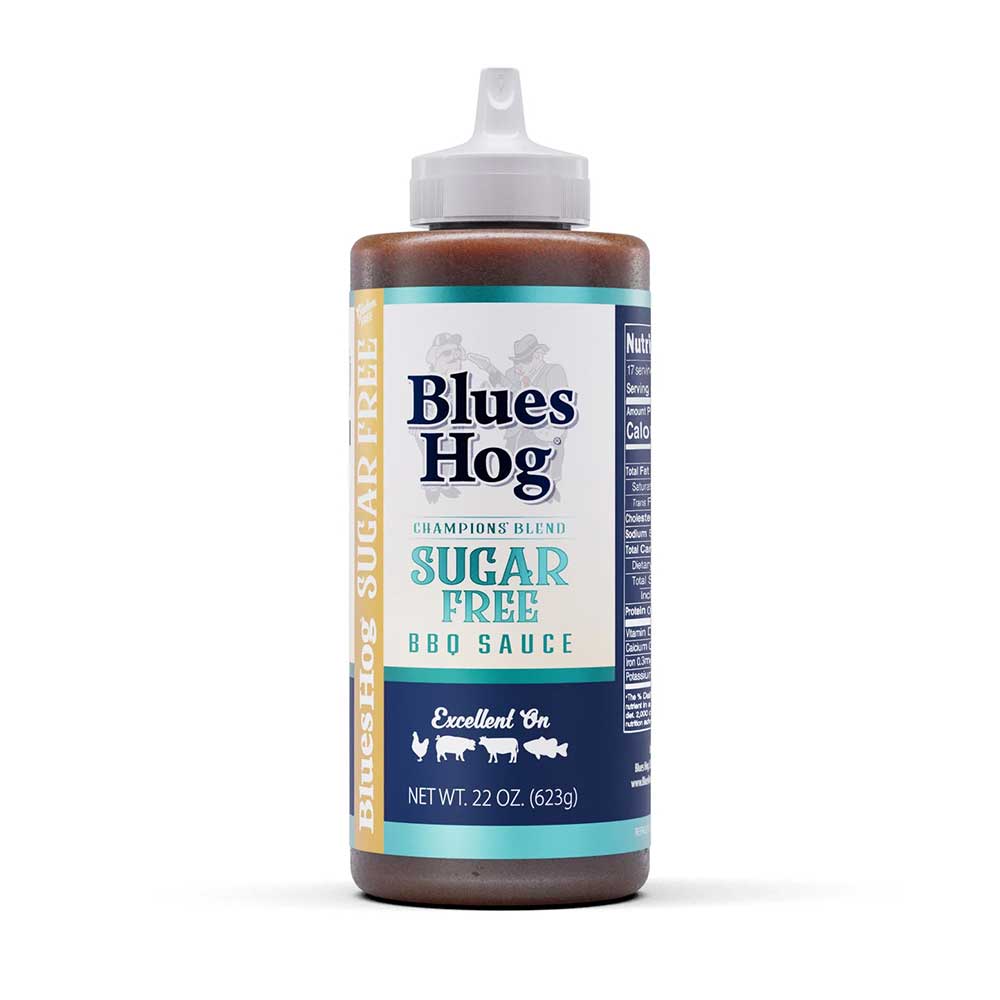
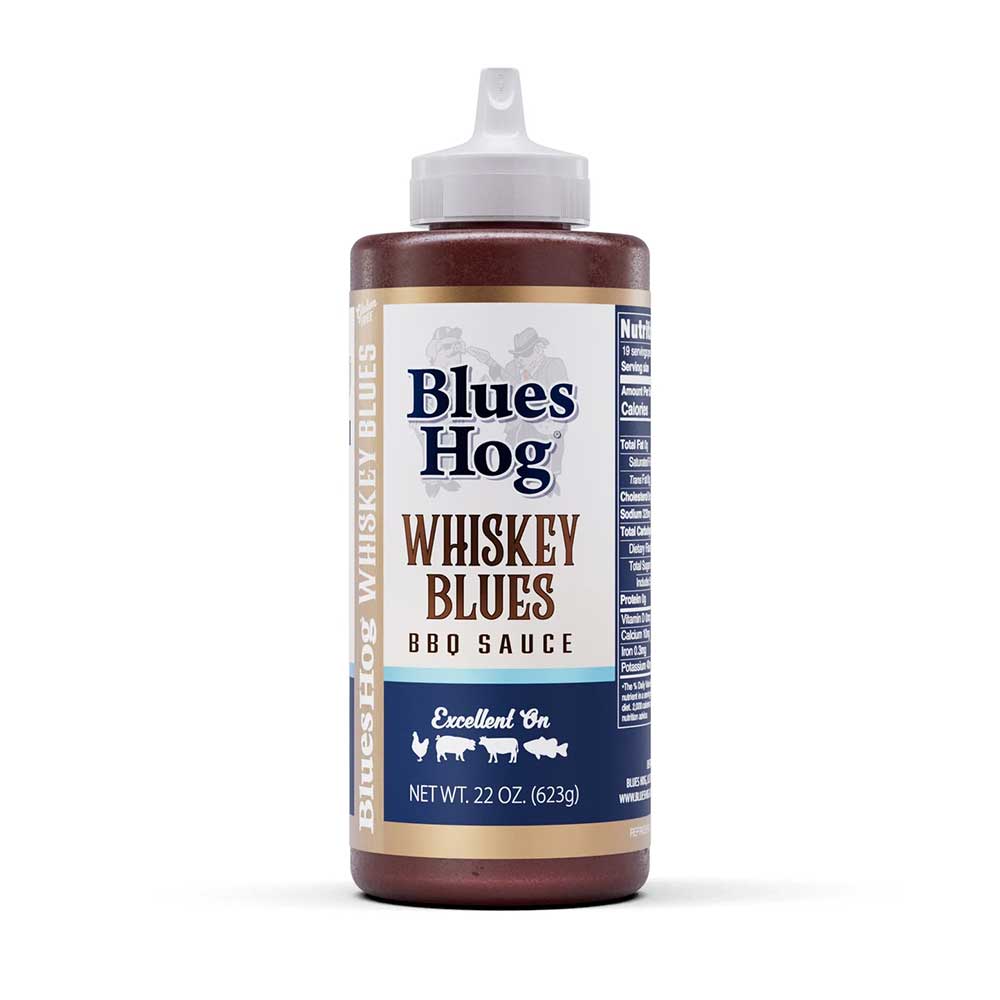
Leave a comment
This site is protected by hCaptcha and the hCaptcha Privacy Policy and Terms of Service apply.